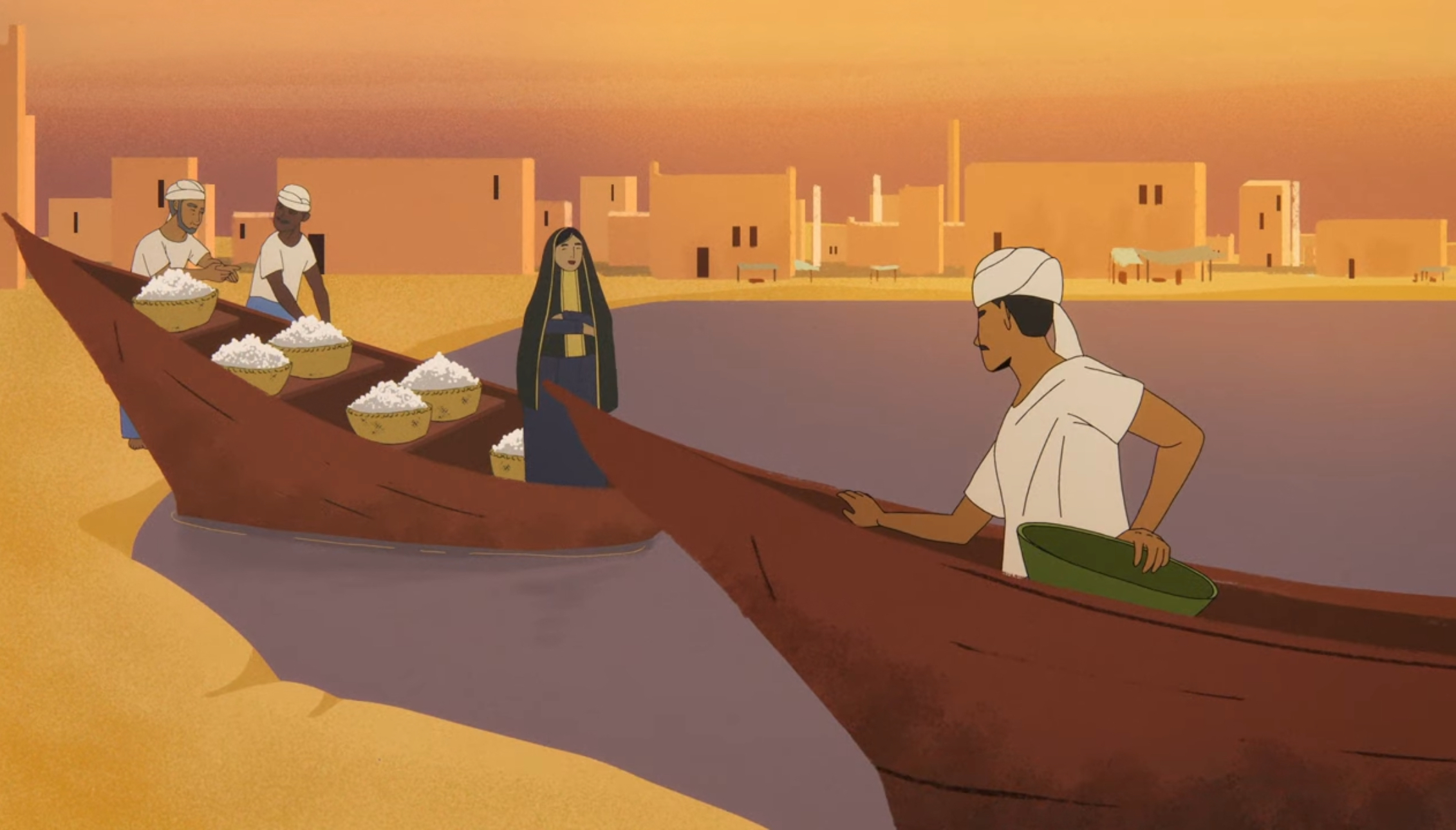The series introduces audiences to Qatar’s desert and coastal cultures through the art of animation.
The four-part Hazawy animated series has won two silver recognitions at the inaugural Collision Awards.
Qatar’s Hazawy emerged as the silver winner in the Marketing & Communications: Campaign – Arts & Culture and Marketing & Communications: Campaign-Non Profit categories. The show was up against entries from Warner Bros Discovery and Bloomberg Media, among others.
Collision, the first global platform solely dedicated to honouring excellence in animation and motion design, announced the winning entries on Tuesday.
“Our winners, from the biggest films in the world to localized campaigns, clearly show that animation is truly a global medium,” Randeep Katari, Collision Awards general manager, said in the announcement.
Hazawy, which means stories in Arabic, brings Qatar’s folkloric tales to life through animation.
Each of the animated shorts is in the Qatari Arabic dialect, introducing audiences to Qatar’s coastal and desert heritages and the fables that accompany them.
Sheikha Roda Al Thani, a Qatari visual artist and storyteller, produced the series for Qatar Museums (QM) in partnership with the Film House.
Taking to Instagram after the winning announcement, QM described the double silver awards as “a true recognition of our dedication to showcasing the rich cultural heritage of Qatar.”
Sheikha Roda also said that she was proud of the entire team.
Before the announcement, the series’ producer told Doha News that the production’s core focus was on utilising local talent.
For instance, Qatari filmmaker Nadia Al Khater directed the Mai and Ghaylan episode, Qatari calligrapher Zainab Alshibani designed the series’ title, and the cast and crew were drawn from the local community.
While the show aims to preserve the Gulf’s treasure trove of tales, Sheikha Roda told Doha News last week that she hopes the stories will enlighten new audiences about the region’s societal fabric.
“Beyond local nostalgia, I hope Hazawy offers a new perspective on the Middle East, which is too often misconstrued in the media,” she said.







